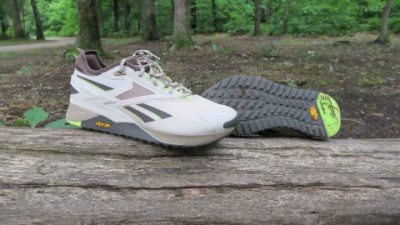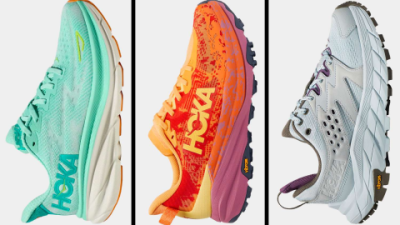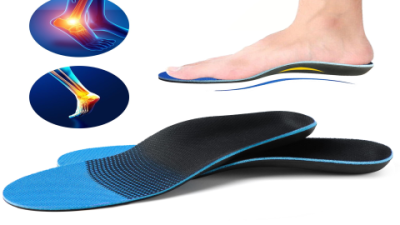Building a strong back can sometimes feel like a bit of a puzzle, especially if you’re on the shorter side. I mean, it’s not just about lifting heavy weights and hoping for the best. For those of us with a shorter frame, the way our body moves and responds to exercise can be a little different, and that’s totally okay. The good news? With the right approach, you can absolutely build a powerful, well-defined back that not only looks great but also supports your posture and everyday movement.
Let’s start by talking about what’s actually going on back there. The back isn’t just one muscle; it’s a whole team working together. You’ve got the lats—the big, wing-like muscles that give your back that wide, V-shaped look. Then there are the traps, those muscles that run from your neck down your upper back, helping you shrug and stabilize your shoulders. Don’t forget the rhomboids, which sit between your shoulder blades and pull them together, and the erector spinae, running along your spine, helping you stand tall and strong. For shorter folks, these muscles might behave a bit differently because of your body’s proportions, but that doesn’t mean you can’t make them stand out.
One thing I’ve noticed is that short people often struggle with posture. Sitting at a desk all day or slouching can make your shoulders round forward and your back muscles weak. Building back muscle isn’t just about looking good; it’s about fixing those imbalances and standing tall with confidence. Plus, a strong back can make your whole body look more balanced, which is a huge win.
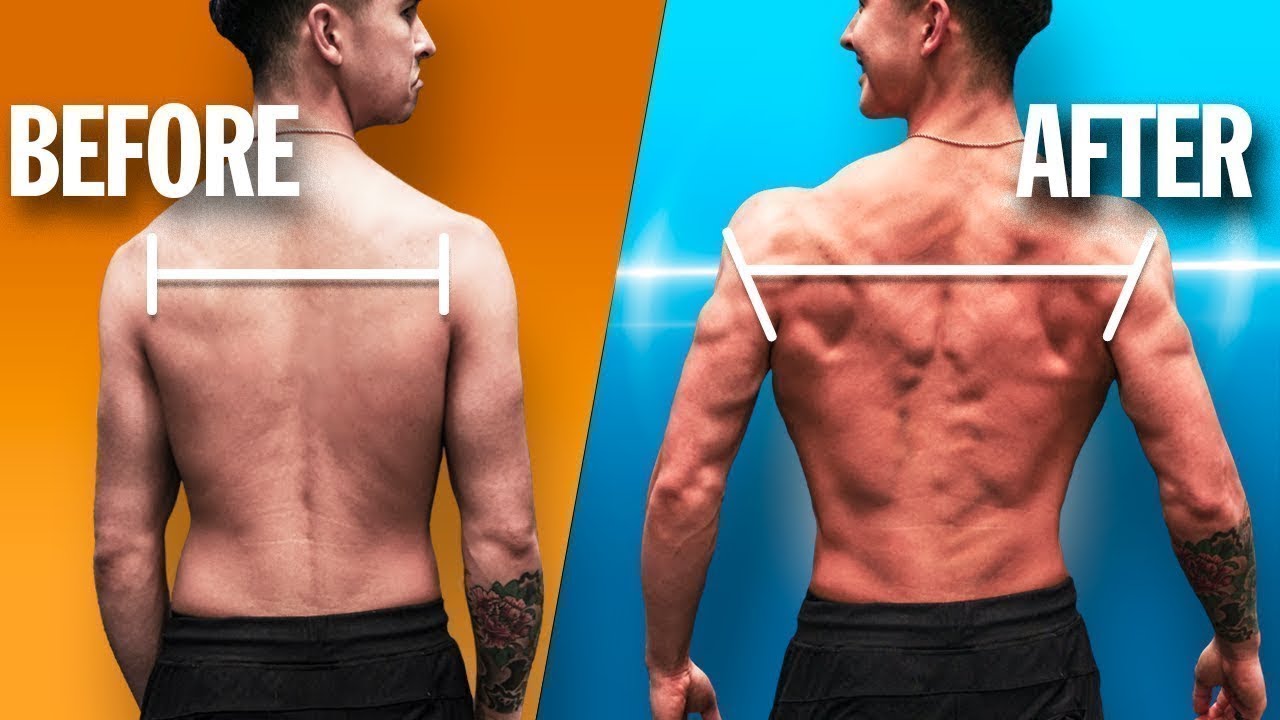
So, what exercises actually work best? Here’s the deal: not every back exercise is created equal, especially when you’re shorter. Some moves might feel awkward or just not hit the right spots. From my experience and what I’ve seen work for others, these exercises are solid gold:
-
Lat Pulldown: This one’s great for building width. Just make sure you adjust the seat and grip so you’re comfortable and getting a full stretch. Pull down to your chest, squeeze those lats, and don’t rush it.
-
Bent-Over Barbell Rows: They’re a classic for a reason. They hit the middle of your back and help with thickness. Just keep your back flat and don’t let your hips sag.
-
Single-Arm Dumbbell Rows: These are fantastic for fixing any side-to-side strength differences. Plus, they let you focus on form without worrying about balancing a barbell.
-
Back Extensions: Don’t skip these. They strengthen your lower back, which is key for good posture and avoiding injury.
-
Pull-Ups: Yeah, they’re tough, but if you can do them, they’re unbeatable for building overall back strength. If you’re not there yet, resistance bands or assisted machines are your friends.
-
Superman Exercise: No equipment needed, and it’s perfect for your lower back and posture.
-
Kettlebell Swings: These might surprise you, but they’re excellent for building power and endurance in your entire posterior chain.
One thing to keep in mind: don’t just go through the motions. Shorter limbs might mean your range of motion is different, so really focus on moving through the full range to get the most out of each exercise. Also, mixing up your workouts with machines, free weights, and bodyweight exercises keeps things fresh and hits your muscles from all angles.
Now, training is only half the story. Nutrition and recovery are just as important. Without enough protein and calories, your muscles won’t grow no matter how hard you train. Aim for a good protein intake—something like 1. to 2. grams per kilogram of your body weight daily is a solid target. And don’t underestimate sleep. Your muscles do most of their repairing while you’re catching those Z’s.
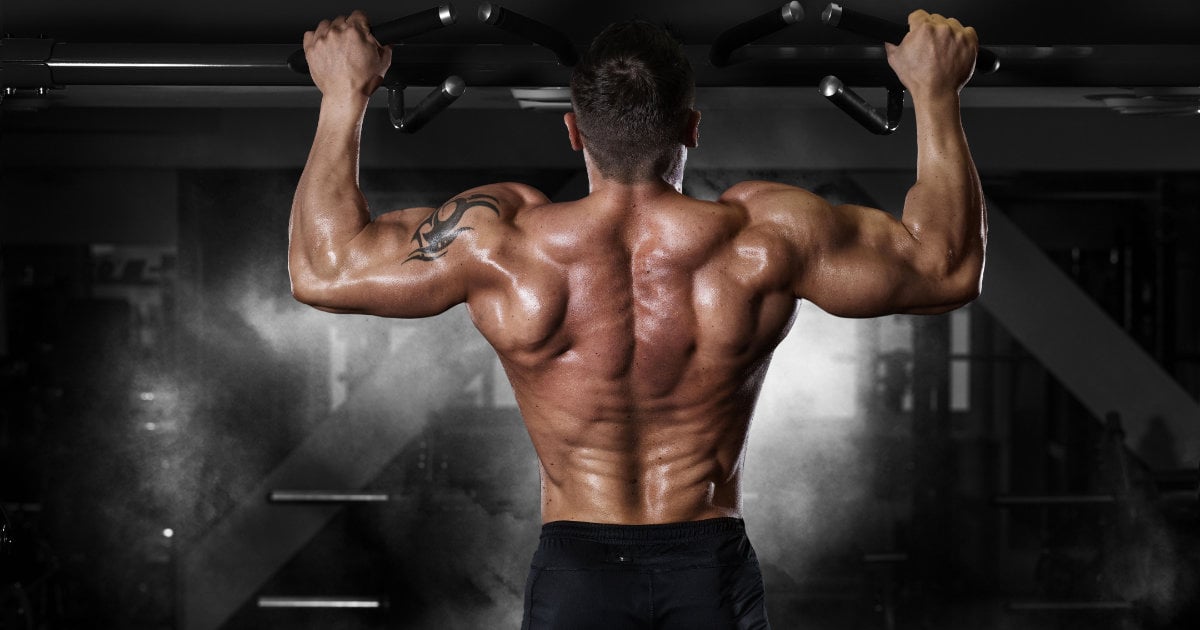
Of course, there are some hurdles. Maybe pull-ups feel impossible right now, or deadlifts are tricky because of your body mechanics. That’s totally normal. Using assistance bands, lighter weights, or different variations can help you build strength safely. And if you notice one side of your back is stronger than the other, unilateral exercises like single-arm rows can help even things out.
People often ask me: “Can short people really build muscle as well as taller folks?” The answer is yes! In fact, sometimes shorter limbs give you an edge in lifting because of better leverage. It just means you might see results a bit differently, but progress is definitely possible.
Another common question is how often to train the back. Twice or thrice a week usually does the trick, as long as you’re giving your muscles time to recover. And about machines versus free weights? Both have their place. Machines can help you isolate muscles and learn the movement, while free weights build functional strength and engage stabilizers.
If you want to improve your posture through back training, focus on exercises that strengthen the upper back and lower back while stretching out your chest and shoulders. This combo can work wonders for rounding shoulders and a hunched upper back.
And yes, bodyweight exercises can absolutely build a strong back. Pull-ups, inverted rows, and superman exercises are fantastic and can be scaled to your level.
In the end, building back muscle when you’re short is all about understanding your body, picking the right exercises, and being consistent. Don’t get discouraged if progress seems slow at first—muscle building takes time, and everyone’s journey is unique. Focus on form, listen to your body, and make sure you’re eating and resting enough. Before you know it, you’ll have a back that not only looks strong but feels strong too.
So, start with these tips, experiment with the exercises, and most importantly, enjoy the process. Your back will thank you!

